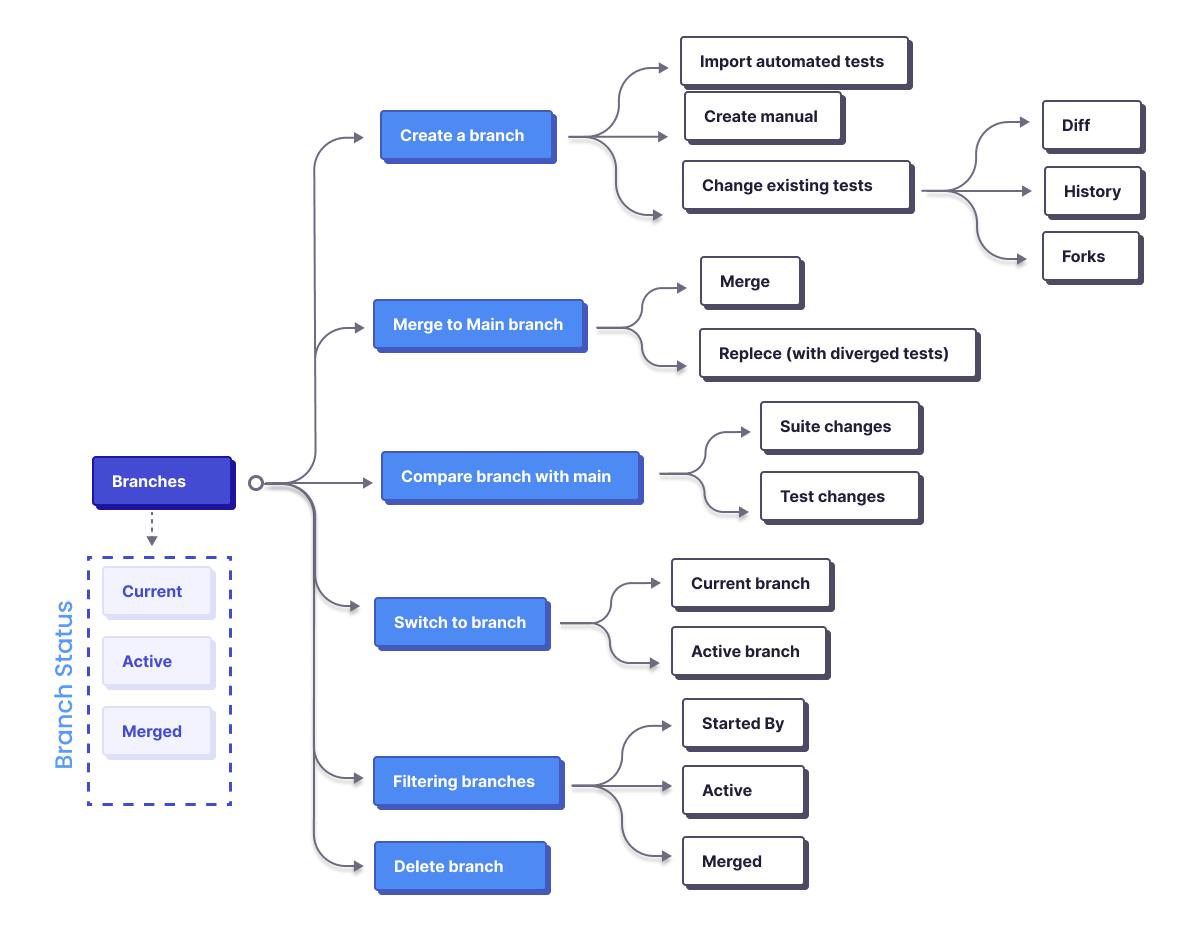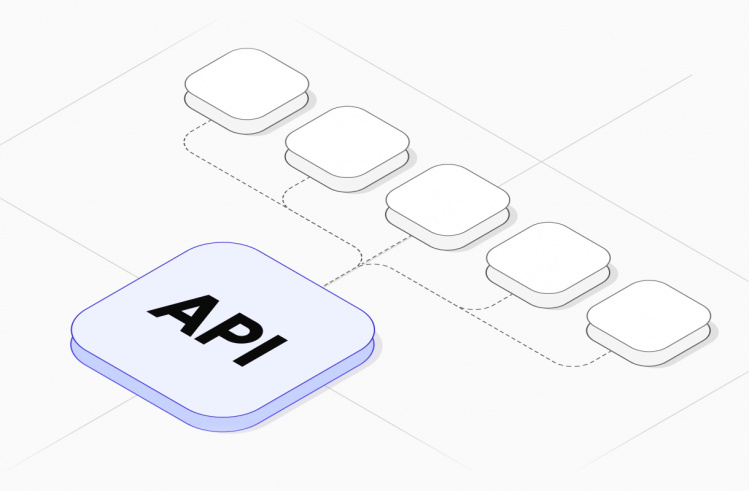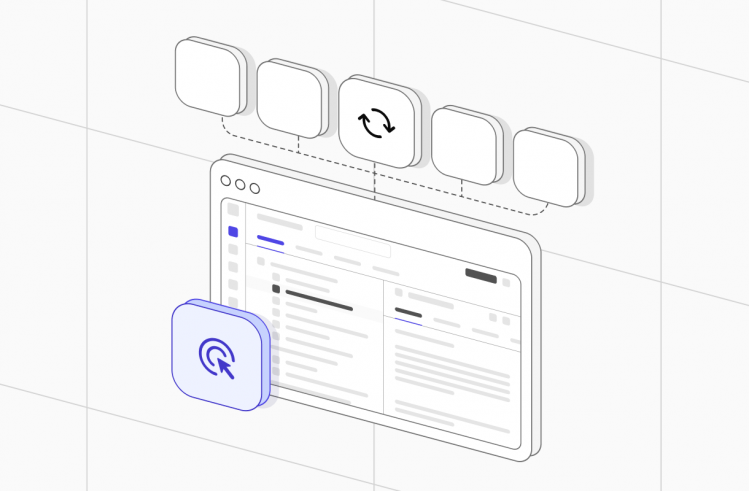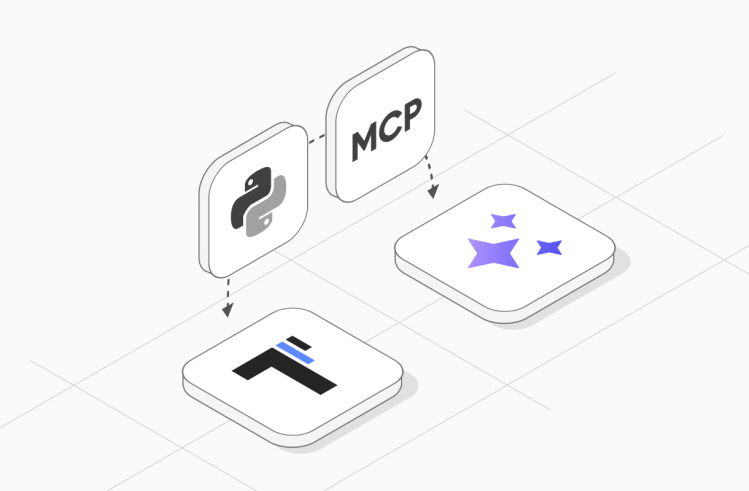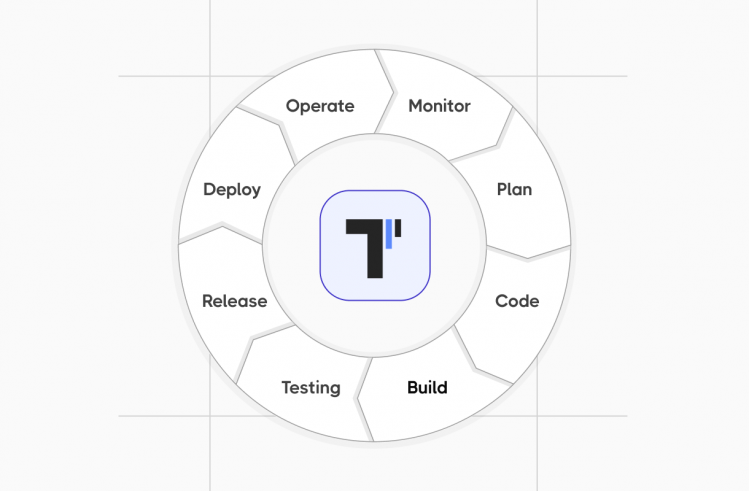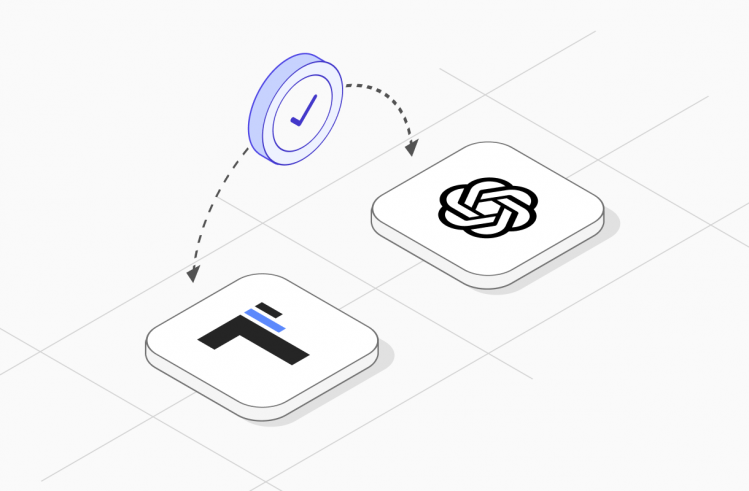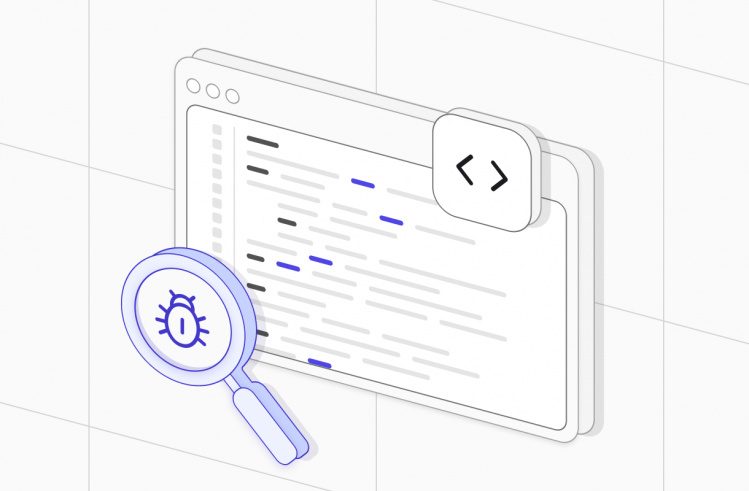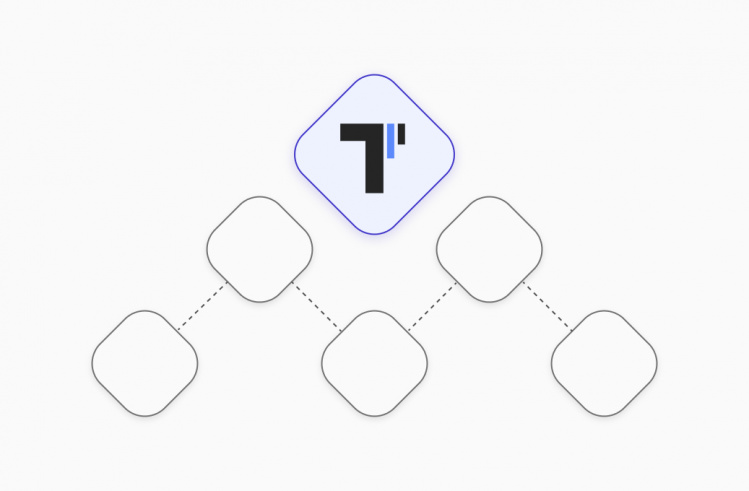Step by step, the testomat.io team has been strengthening our test management solution to provide you with an exceptional experience meanwhile of creating high-quality software. Сustomer feedback and insights help us very much in this challenge. We know your business goals, thus trying to stay agile with your growing requirements in testing tools.
And to uncover it, let us illustrate how we have implemented Agile testing methodology in our own way through the test management system.
Perhaps, 🤔 we have already met many definitions of What Agile is? For instance, an interesting comparison among them:
If the four values of Agile are the weight-bearing pillars of a house, then 12 Agile principles are the rooms you can build within that house.
The Agile Manifesto focuses on four values and 12 principles for Agile software development. There are different Agile methods, but Agile itself is not a clear methodology or framework. It is a set of values and principles. Agile is incredibly flexible that’s why it is popular in different organizations, unlike traditional testing methods. Such flexibility implies that Agile transformation doesn’t demand strict adherence.
Major agile software development methodology principles
- Fast product delivery.
- Being open to changes.
- Cooperation with the business side of a project.
- Using completed work to measure progress.
- Elaborating effective processes.
Recently we have announced many updates and would like story tell you about them in relation to our own Agile test management workflow and existing features. We select a few vital principles as part of our development.
Fast delivery of the product at regular and short intervals
We take pride in our success of a robust system of weekly releases. Operating in this mode, our development team along with the software testing team accomplish ️four fast releases each month. Dynamic software delivery cycle allows one to make all the necessary program corrections almost instantly, becoming a first-class tool.
Similarly, we actively encourage Continuous Integration (CI) and Continuous Delivery (CD) of the software development process for customer organizations. Frequent releases allow companies to iterate working software and innovate quickly.
Gathering constant feedback and continuous fixes by the development team based on it in the next releases ensures the software product is up-to-date and responsive to user needs. Also, to match a faster ROI of product/service. Facilitating ones, we have introduced numerous modern features that give such capabilities without obstacles.
Speed-up features are:
- Launching autotests from the test management system.
- Integration with popular CI\CD tools.
- Wide capabilities for re-running failed tests.
- Real-time reporting and Analytics.
- Running autotests from Jira.
- Quickly passing manual tests.
The last ones are unique opportunities for processing autotests by non-technical personas (PM or Product Owners, BA or Manual QAs). It is our pride in combining their testing activities 👑 they work closely with tech part of the team.
Watch the Video with our CEO Mykhailo Poliarush, he shows the power of all possibilities of an advanced Jira Plugin. You’ll find this Jira App to be the best choice in the market if you are seeking an alternative due to Jira limitations as well as a substitute for TestFLO, Xray, TestRail.
In order to make your testing even more efficient, especially it is true for large and scaled projects, we improved some Test Case Execution Functionality
Scope The Following Features:
- Manual Completion of Automated Test Runs – allows you to control the test run yourself. At the same time, you can track the current test status and any potential issues you might encounter.
- With the Fast-Forward feature – once a tester adds the result of a test case within a test run, the system automatically transitions to the next test case. It eliminates the need for manual navigation and reduces the time spent on repetitive actions, allowing testers to focus on executing test cases and maintaining a steady testing pace.
- Enhanced Test Case Storage Capacity – allows you to effortlessly store the projects with over 2000 suites and 75 000 test cases, providing the power to maintain a comprehensive library of test cases as your projects grow. This improvement has been awaited in particular by our enterprise customers.
Our QA team checked the performance of test execution with 70 000 tests and applied and removed labels on large suites (with over 1000 tests).
- Real-Time In-Progress Run Report – till execution is finished, testers are free to initiate the report generation process with just a few clicks. The test result report is automatically updated as the test run progresses, so stakeholders always have access to the latest information.
Branch & Version functionality
In our system, the history of changes plays a crucial role. We modelled it as a commonly accepted Version Control System like Git. It ensures that no significant updates are overlooked and provides the possibility to restore test cases which were lost accidentally in a few clicks. Also, archived data allow QA Managers to visualize and track progress in time.
Moreover, our test management system emulates a Dev approach and enables QA engineers to work in alternative testing branches, maintain comprehensive branches and their records and eventually merge or replace them.
Feature’s list that provides control and flexibility under testing:
😃 Briefly about each of these features, its advantages and benefits you can get below:
- Test Case Versions – visualizing the journey you have taken and it is not just about going back to a specific point. It is tracking the integrity of your testing efforts intact. Comparing Previous and Next versions of a selected test case you can track evolution in test cases, improve their steps, make conclusions when something is not working the way it’s supposed to work and eventually fix these errors.
- Project Timeline or Pulse – it is a version feature for the project level. Pulse displays the activities in the project for the last 90 days. Allows test views, sorting and displays whom changes were made.
- Branches – open up the possibilities for effective teamwork. Like Devs, our test management system allows QA engineers to work independently in different branches on their specific tasks distributed among the QA team. It is Collaborative Testing when multiple team members work on the same project simultaneously. The culmination is the merging of these branches at the end as effective completion of the project.
Branch organization in TMS - History Archive – displays a retrospective of the test runs thanks to which you are able to see the dynamics that you can analyze.
in summer releases, we took care about:
- Test Versioning for Test Runs with Reset Version Function
- Test Description Versioning
- Increased Branches feature stability
It is important for us to make your journey with us more comfortable.
Finally, our features align with Agile principles, enabling experiments, innovations, and exploring new approaches in your test strategy. There is no need to be afraid of changes, make them easily, knowing that, with such robust features, you always can roll back testing activities that did not bring an effect.
Real-time reporting and analytics
Analytics and reporting along with History, Versions empower you to measure your progress and evaluate success. Also are very important for communicating with stakeholders to show where the team is at what milestone, at what stage and what its results are.
Team management to ensure agile software testing
Team management alongside Branche’s functionality provides the power of bird’s-eye control over the process and delegates some kinds of responsibilities. It corresponds to our vision to the Agile principle of Elaborating effective processes. Organize a clear process that overcomes chaos and spontaneity, but at the same time, opens the door for agility.
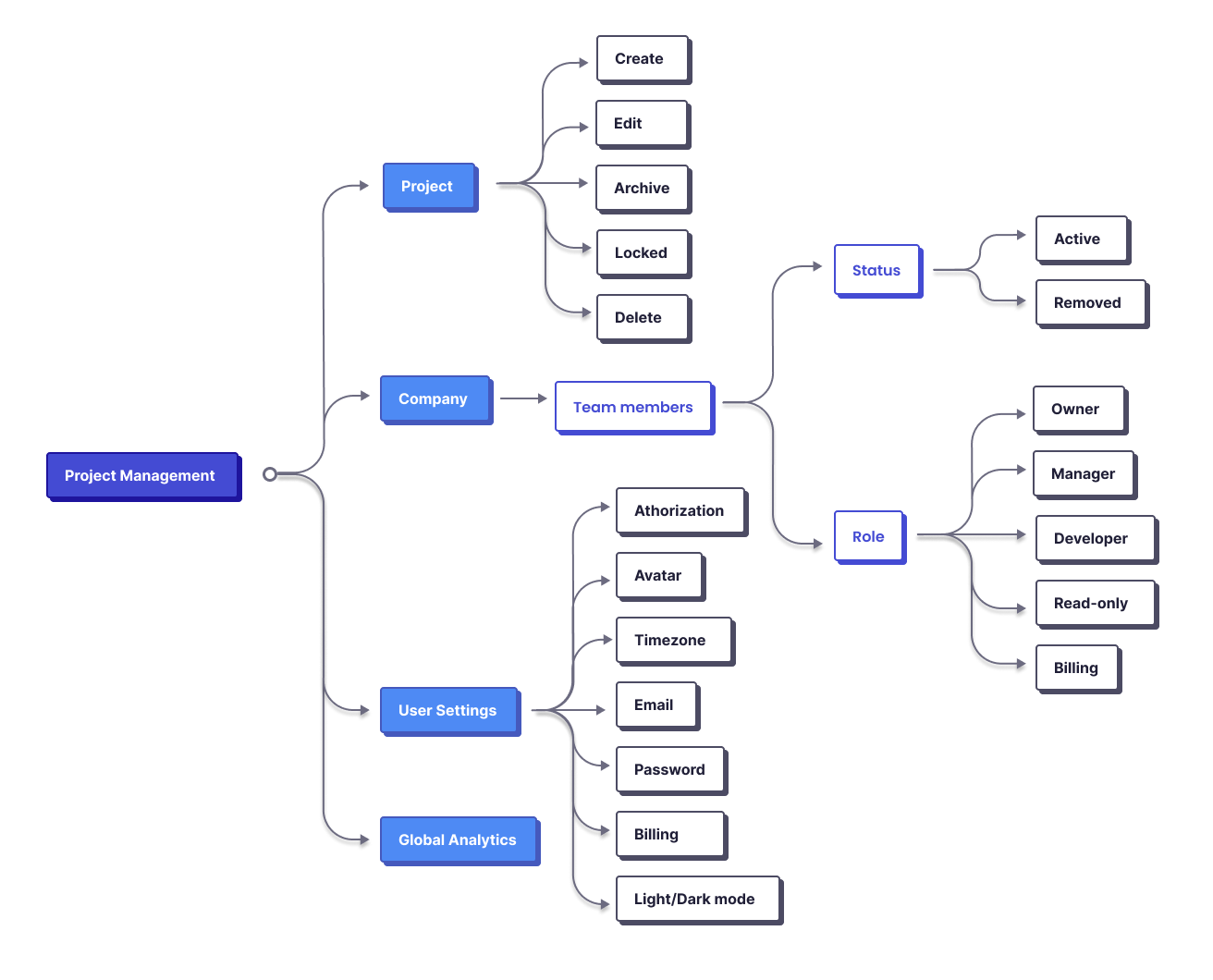
Effective team management ensures accountability in your testing process and empowers your team to collaborate seamlessly. It’s a valuable feature that provides you with a comprehensive view of your testing efforts and helps you establish the continuous testing process in your software development.
We will also take a look at our upcoming feature roadmap with some exciting features we have in the pipeline. Enjoy!

